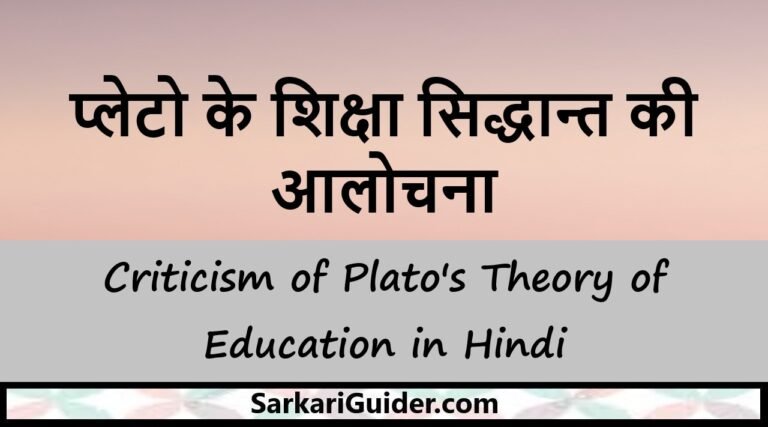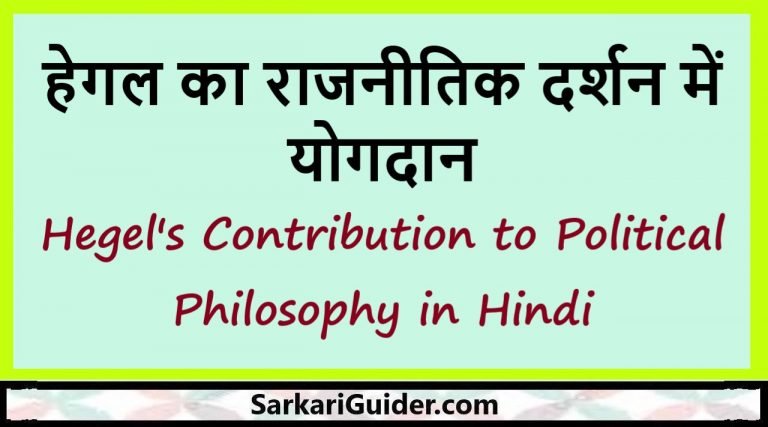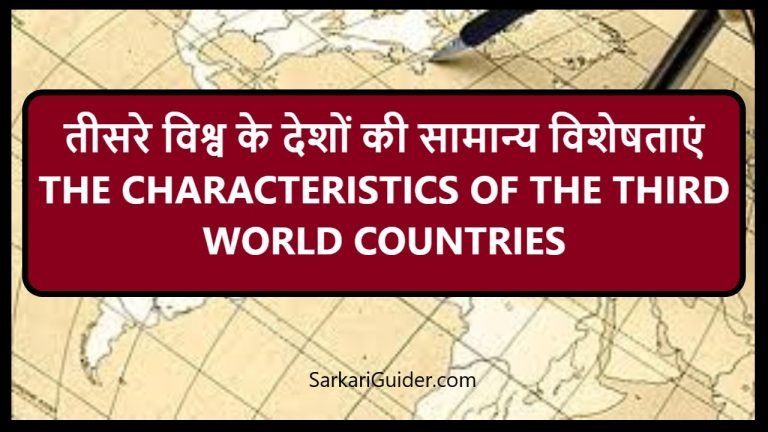Electoral system of the world – Plurality System, Majority System, Semi-Proportional System, Proportionate System

Electoral system of the world – Plurality System, Majority System, Semi-Proportional System, Proportionate System

“Modern democracies use a variety of different electoral system and one finds no hints of agreement as to which is the system”
The main cause of interest to study election among geographers is:
- Ability of statistical informations.
- Data are easily available
- To know the voting returns of elections and plebiscites.
- One of the main sources of fresh insights of the general field of human geography.
- The study of election began after the II World war with the study of J.R.V Ariscott.
After 1960’s many scholars not only make geographical study of election but also focused on various methods and process of in.
Prominent studies were made by Lewis, Taylor, Cox and Rourley who published variable research papers.
According to Soja,
“More than any other aspect of political geography the study of voting behaviour has begun clearly to reflect the conceptual and methodological emphasis of the new made stream of contemporary geographic research.”
With the reference to development of electoral geographer, Richard Mure said-
If political geography is a fundamental Branch of political geography its growth has been disproportionate in relation to the more general needs for the development of relevant techniques models and theories in the subject as a core.
Electoral Process as a System
For political power different parties interact each other and the party in power tries to gain power for the successive years by adopting long term and short term process.
On the other hand opposition struggles to gain political power. In this way electoral system is a sub-system of political system.
Supra-National Political Organizations
Types of International Organization:
1. Economic Organization
- EEC (European Economic Communities)
- EFTA (European Free Trade Association)
- OECD (Organization for Economic Corporation and Development)
- OPEC (Organization of the Petroleum Exporting Counties)
2. Strategic Organization
- NATO (North Atlantic Treaty Organization)
- SEATO (South East Asia Treaty Organization)
3. Political Organization Council of Europe
4. Political Cultural Organization
- Organization of American States
- Arab league
- French Community Organization of American Unity
According to Norris & Harris-
1. Based on long term desire
- UN
- UNESCO, etc
2. Regional Organization
- SAARC
- ASEAN
- OPEC
3. Based on one concept and ideology
- Capitalist Country
- Communist Country
Electoral System
Under Electoral system following components are included:
e.g. a real distribution of electorates, political parties, Electoral process, Electoral loss which ruins the whole system of election system. The best example are India and Nigeria
- In Nigeria there are three core areas along with number of tribe and diverse languages. After independence internal war aroused and that has been suppressed with great difficulty and the country was divided into 12 regions to give the structure of federal state.
- In India too it became independent in 1947 there were 563 big and small states.
- Regional diversification and multilinguistic and multi religion dominates.
- Coordination was very difficult but successfully state was reorganized and federal put its birth.
Centralized Federal States- Those Federal States are under this category where centre dominates. E.g. USSR before disintegration and Yugeslavia
Imposed Federal States- There are some Federal States where Federal structure does not support people attitude. The minority is powerful and dominates the majority. Such Federal States are not long lasting. E.g. Malion Union, Mid African Union, Pakistan etc.
Such type of federal structure is superimposed by colonial rulers.
Structure of Federal States:
According to Dicey- “A federalism is born when the political units in a region possess politically strong individual identities which create in them a genuine desire to maintain their separate existence.”
- Thus federalism is essentially a compromise between centripetal and centrifugal forces that operative at the same time.
- Thus in federalism all regions are included.
- Such adjustments provide internal administrative facilities.
- Such compromise gives them power and state rights.
- Supports countries profit and development by the formation of policies and programmes.
- It stops internal disputes.
- Federal structure suits those countries which are diverse in terms of class, religion and languages.
- Federal system is more flexible in nature.
- It promotes local development.
Features
- The merger of political unit is not absolute but partial.
- The legislative and executive power are divided between central and regional government.
- The central or regional system cooperate and coordinate.
*To be Continued in the next article*
महत्वपूर्ण लिंक
- राष्ट्रीय महिला आयोग अधिनियम, 1990- आयोग का गठन, महिलाओं के खिलाफ हिंसा की समस्या से निपटने के लिए एक बहु-प्रचारित रणनीति
- Renunciation of citizenship
- कठोर एवं लचीला संविधान
- भारतीयसंविधान के स्रोत (Sources of Indian Constitution)
- अरब लीग – 1945 [ARAB LEAGUE – 1945]
- लोकतंत्र (Democracy in hindi)
- मौलिक कर्तव्य (Fundamental Duties)
- मौलिक अधिकार (Fundamental Rights)
- गुटनिरपेक्षता की उपलब्धियां (ACHIEVEMENTS OF NON-ALIGNMENT)
- तीसरे विश्व के देशों की सामान्य विशेषताएं (THE CHARACTERISTICS OF THE THIRD WORLD COUNTRIES)
- भारतीय संविधान की प्रमुख विशेषताएं
- दक्षिण-पूर्वी एशिया सन्धि संगठन – सीटो 1954 (South-East Asia Treaty Organization- SEATO 1954
- वार्सा समझौता – 1955-91 (WARSAW PACT)
- आर्ट्रेलिया, न्यूज़ीलैंड तथा संयुक्त राज्य समझौता – एंज़स 1951 (Australia, New Zealand and United States Pact – ANZUS 1951)
- उत्तरी अटलाटिक संधि संगठन : नाटो 1949
- Indian Citizenship
- लोक प्रशासन के अध्ययन का महत्व The importance of public administration
- प्राचीन राजनीतिक शास्त्र के अध्ययन के स्रोत के प्रमुख साधन
- प्राचीन भारतीय राजनीति की प्रमुख विशेषताएँ
- बजट क्या है ? अर्थ एवं परिभाषा, विशेषताएं, महत्व, प्रकार, कार्य तथा महत्वपूर्ण सिद्धान्त
- राज्य की कार्यपालिका क्या है तथा राज्यपाल क्या है?
- Indian Polity – M Laxmikanth | 5th Edition pdf
Disclaimer: sarkariguider.com is created only for the purpose of education and educational sector. sarkariguider.com does not own this book/materials, neither created nor scanned. We provide the links which is already available on the internet. For any quarries, Disclaimer are requested to kindly contact us, We assured you we will do our best. We do not support piracy, this copy was provided for students who are financially troubled but deserving to learn. If in any way it violates the law or there is a problem, please mail us- [email protected]







